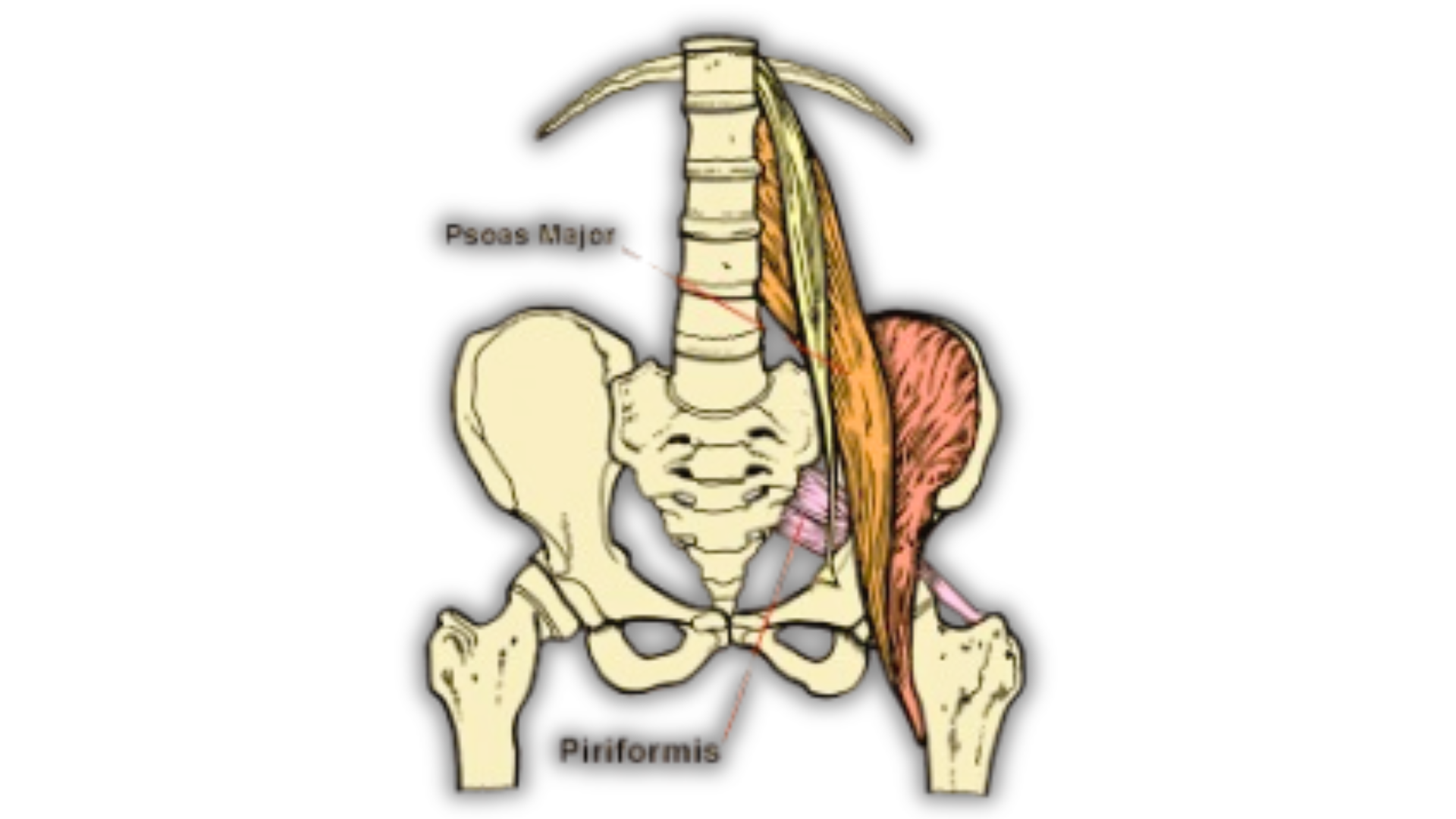What Happens When You Sprain Your Foot?
A foot sprain is one of the most common injuries that can occur in daily life or during physical activities. Whether you’re playing sports, exercising, or even walking, a sprained foot can happen when the ligaments supporting the foot are stretched beyond their limits or torn. This injury can range from mild to severe, but understanding the symptoms, causes, and treatment options can help speed up recovery and prevent further damage.
ANF Therapy® is the newest treatment for all kinds of muscle and ligament injuries, including foot sprains. It utilises small ANF Devices that are applied to the affected areas of your body. This Therapy aims to support the body’s natural healing processes that help reduce swelling and pain, and improve joint mobility.
What is a Foot Sprain?
A foot sprain occurs when the ligaments (strong fibrous bands) that connect bones are stretched beyond their normal range of motion. The foot consists of several ligaments that help stabilise the bones in the foot and allow for smooth movement. When these ligaments are overstretched or torn, it can lead to a sprain.
Foot sprains can occur in anyone, but athletes and active individuals are particularly at risk due to their ongoing physical activity. A sprain can occur from various activities, such as running, jumping, or simply stepping on an uneven surface. In most cases, the injury happens suddenly, causing immediate pain and discomfort.

Symptoms of a Foot Sprain
The symptoms of a foot sprain can vary in severity, depending on the extent of the injury. They typically include:
- Pain: It is the most common symptom of a sprained foot, which may be immediate and sharp, especially when you move the foot or bear weight on it.
- Swelling: Swelling around the injured area is another key sign. The foot may become visibly puffy or bloated, indicating inflammation in the affected ligaments.
- Bruising: In some cases, you might notice bruising around the injured area, which is caused by blood vessels breaking under the skin.
- Limited Range of Motion: A sprained foot can make it difficult to move your foot as you normally would. This can make walking, running, or even standing uncomfortable or impossible.
- Tenderness: The area of the sprain may feel tender to the touch, especially in the days following the injury.
Causes of a Foot Sprain:
Several factors contribute to the risk of spraining your foot. Common causes include:
- Overuse: Repetitive activity, especially sports that require sudden movements or changes in direction, can increase the risk of spraining the foot.
- Improper Footwear: Wearing shoes that don’t provide adequate support or are too tight or loose can lead to sprains.
- Uneven Surfaces: Stepping on a bumpy surface, such as a rock or pothole, can cause the foot to twist or roll awkwardly, leading to a sprain.
- Previous Injuries: If you’ve sprained your foot before, you may be more prone to future sprains because the ligaments may not be as strong or flexible as before.
- Inadequate Warm-up: Failing to warm up properly before physical activity can leave muscles and ligaments more susceptible to injury.
What are the types of foot sprains?
Foot sprains are classified into three categories based on severity:
1-Grade 1 Sprain (Mild)
In this type of sprain, the ligaments are stretched but not torn. You may experience slight swelling and tenderness, but should still be able to walk with minimal discomfort.
2-Grade 2 Sprain (Moderate):
In a grade 2 sprain, the ligaments are partially torn. This results in more noticeable pain, swelling, and bruising, and walking becomes difficult.
3-Grade 3 Sprain (Severe):
A grade 3 sprain involves a complete tear of the ligament. This type of sprain causes severe pain, swelling, and bruising. It can make walking, standing, or putting any weight on the foot impossible.
Treatment for a Sprained Foot
The treatment for a foot sprain depends on the severity of the injury. Here is how you can treat a sprained foot:
1-ANF Therapy® :
ANF Therapy® is an advanced approach to treating muscle and ligament injuries. It utilises small ANF Devices that are applied to your body. This Therapy aims to support the natural healing processes of your body, initiating the healing process from within, rather than just focusing on symptoms.
Outcomes:
ANF Therapy® has treated multiple patients with foot sprains. It is a non-invasive, drug-free method. It uses small carbonised metal devices on the skin to reduce pain. In a real-world study involving 1,054 patients across 45 countries, pain levels decreased significantly, from 7.6 to 3.1 out of 10. Patients also showed reduced swelling and improved range of motion after one session. The satisfaction rate was 92 %.
Start your journey with ANF Therapy® :
ANF Therapy® is the newest treatment for managing foot sprains. If you are experiencing severe foot pain due to a muscle sprain, consult an ANF Practitioner or find an ANF Therapist at www.anftherapy.com/find-clinic to start your treatment with ANF Therapy® today! This therapy provides a drug-free approach to address not only symptoms but also the root cause of the disease. It is the only holistic treatment option that aims to provide efficient and long-lasting results.
If you’re a healthcare practitioner and want to enhance your clinical skills with frequency medicine, learn more about the ANF at ANF Therapy® .

2-RICE protocol
The rice protocol includes the following;
Rest:
Rest is one of the most critical aspects of recovery for a sprained foot. Avoid putting weight on the injured foot as much as possible to allow the ligaments to heal and reduce swelling.
Ice:
Applying ice to the injured area can help reduce swelling and numb the pain. Apply ice for 15-20 minutes every hour for the first 48 hours after the injury. Be sure to wrap the ice in a towel to avoid direct contact with the skin, which could cause frostbite.
Compression:
A compression bandage can help control swelling and provide support to the injured area. It’s essential not to wrap it too tightly, as this could cut off circulation.
Elevation:
Elevating the injured foot above the level of the heart can help reduce swelling. This can be done by propping the foot up with pillows while sitting or lying down.
3-Physical Therapy
For moderate to severe sprains, physical therapy may be recommended once the swelling and pain begin to subside. A physical therapist can help strengthen the muscles and ligaments around the foot to prevent future injuries.

How to prevent a foot sprain?
There are some steps that you can follow to minimise the risk of a foot sprain. These include the following:
- Wear Proper Footwear: Select shoes that provide adequate arch support, cushioning, and stability.
- Warm-Up Before Exercise: Always warm up before engaging in physical activities. This helps to prepare your ligaments and muscles for the demands of the activity.
- Strengthen Foot Muscles: Regular exercises that target the muscles and ligaments in your feet can help prevent sprains and strains. A strong foot is less likely to be injured.
Conclusion:
A foot sprain may seem like a minor injury, but it can significantly impact your daily life if not properly managed. Understanding the causes, symptoms, and treatment options is the first step toward a faster and safer recovery. Whether you’ve just twisted your foot or you’re dealing with ongoing pain, taking action early makes all the difference. Simple steps, such as rest and proper care, combined with new options like ANF Therapy® , can support your body in the healing process. Follow the preventive measures. Take care of your feet, and they’ll take care of you.




